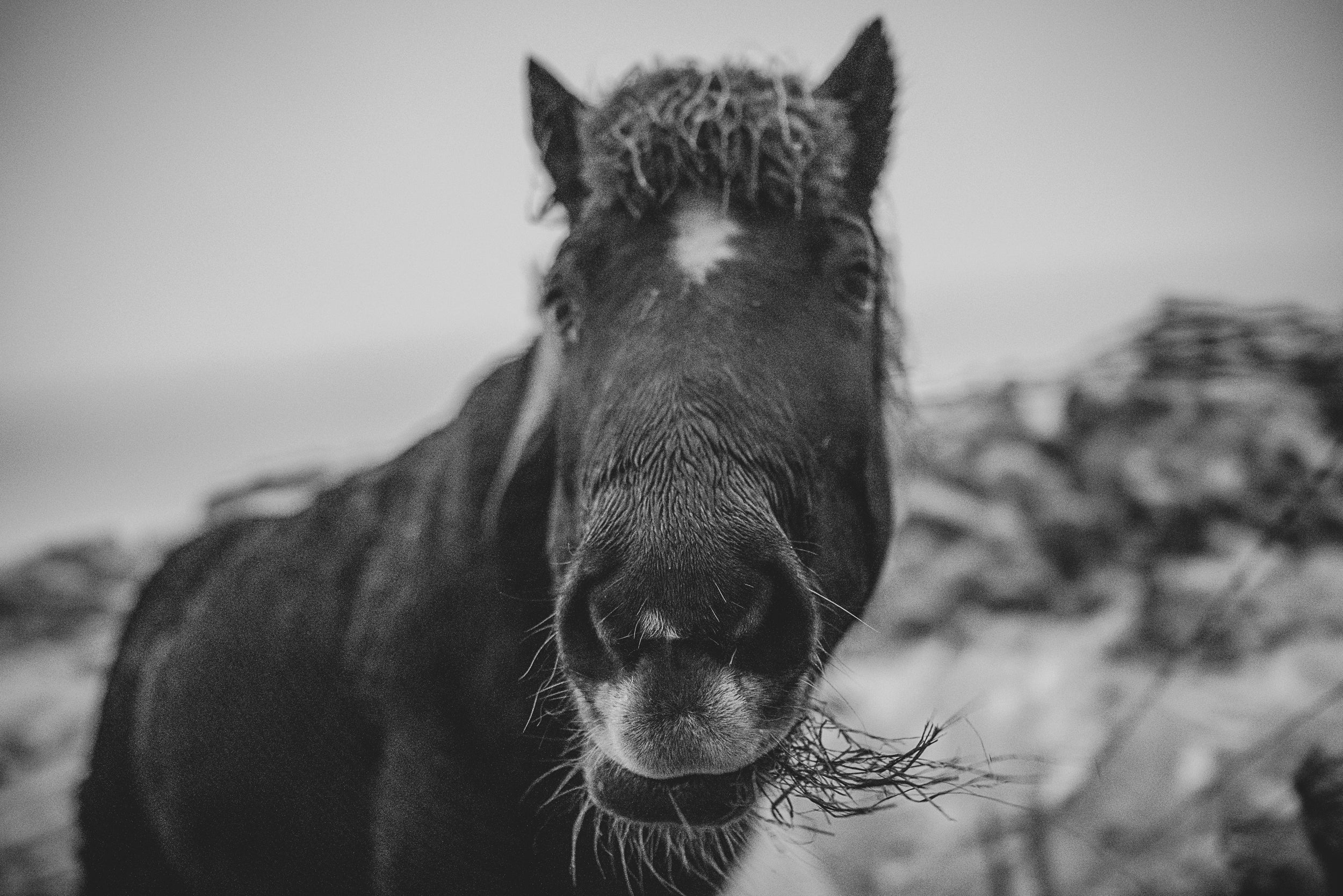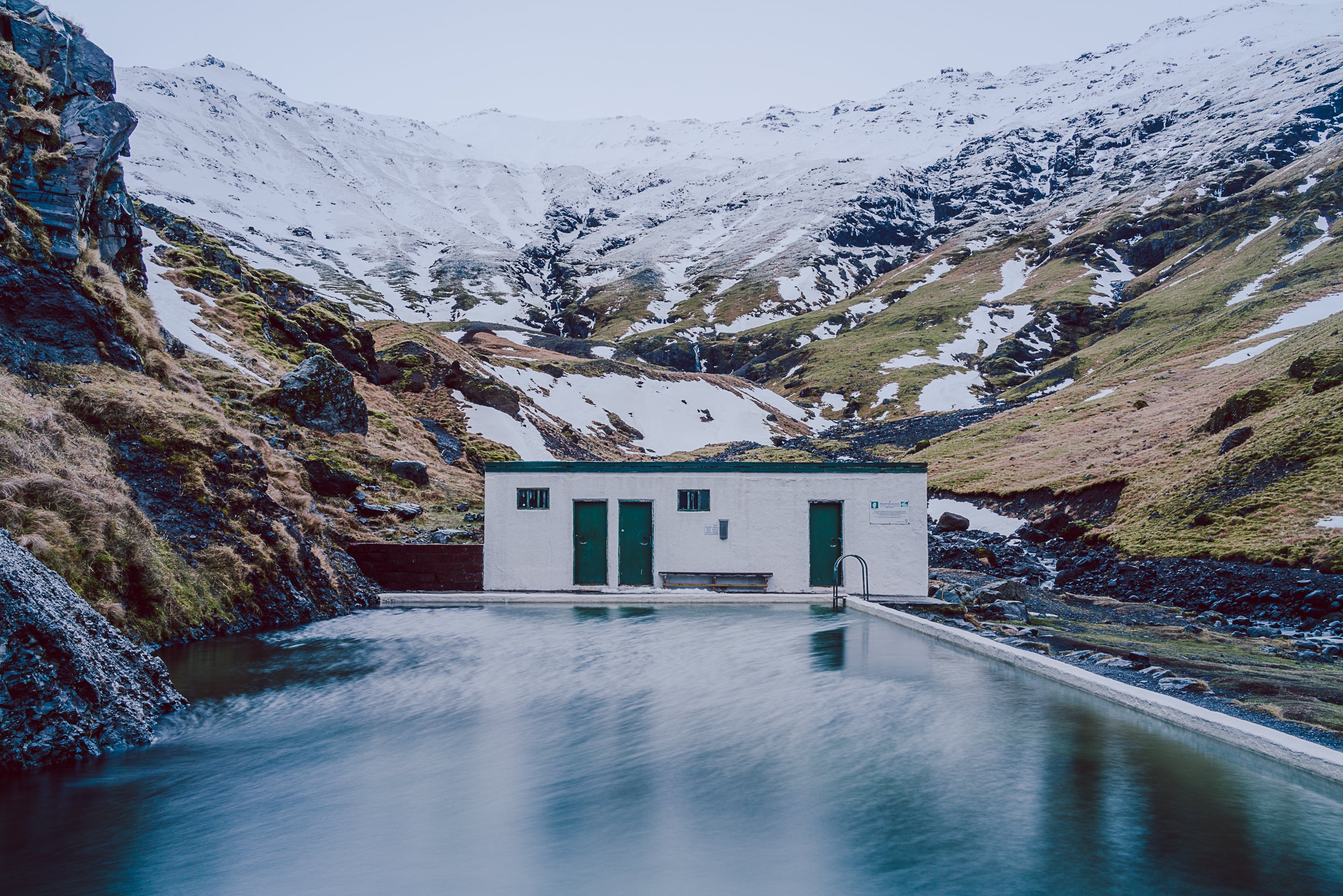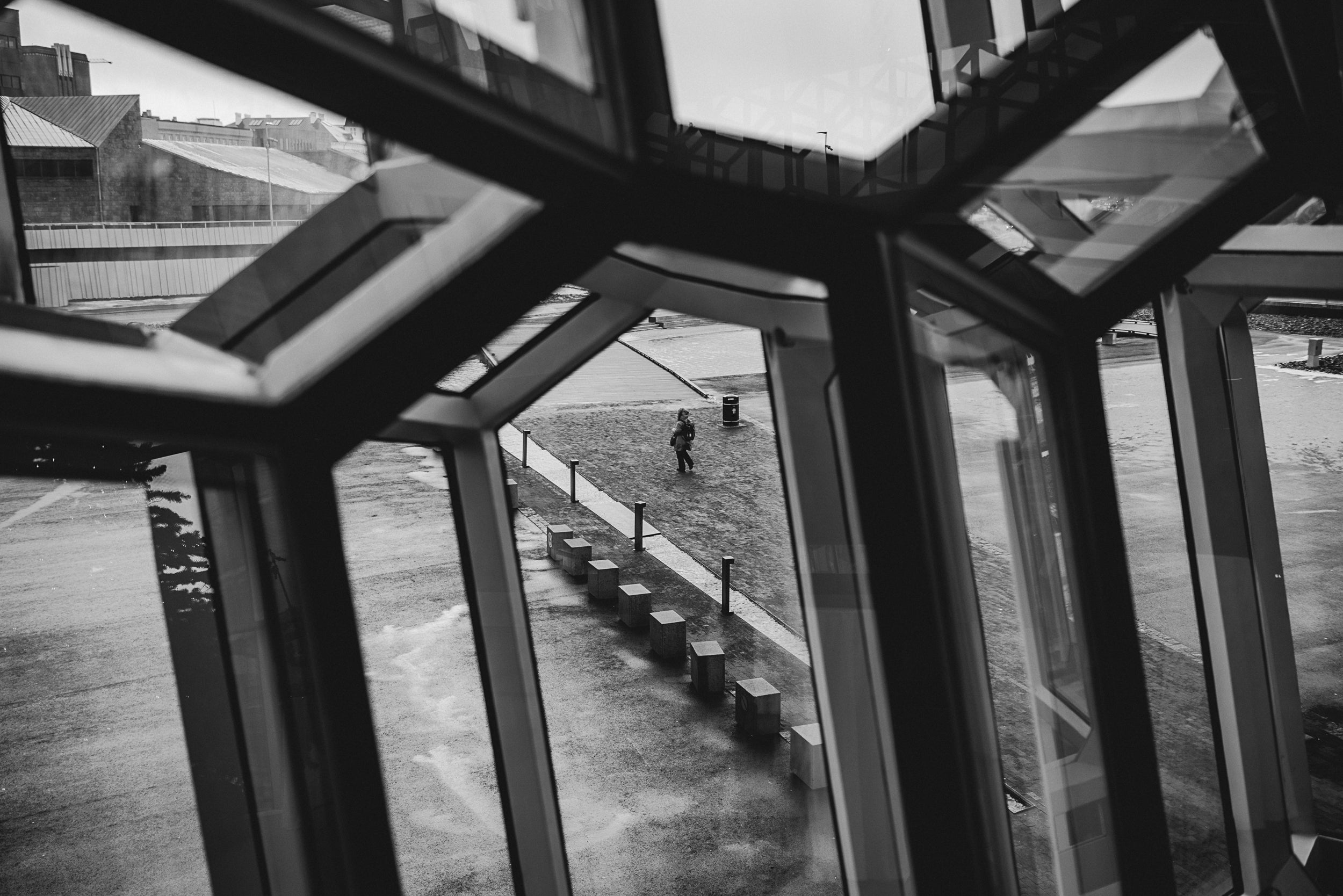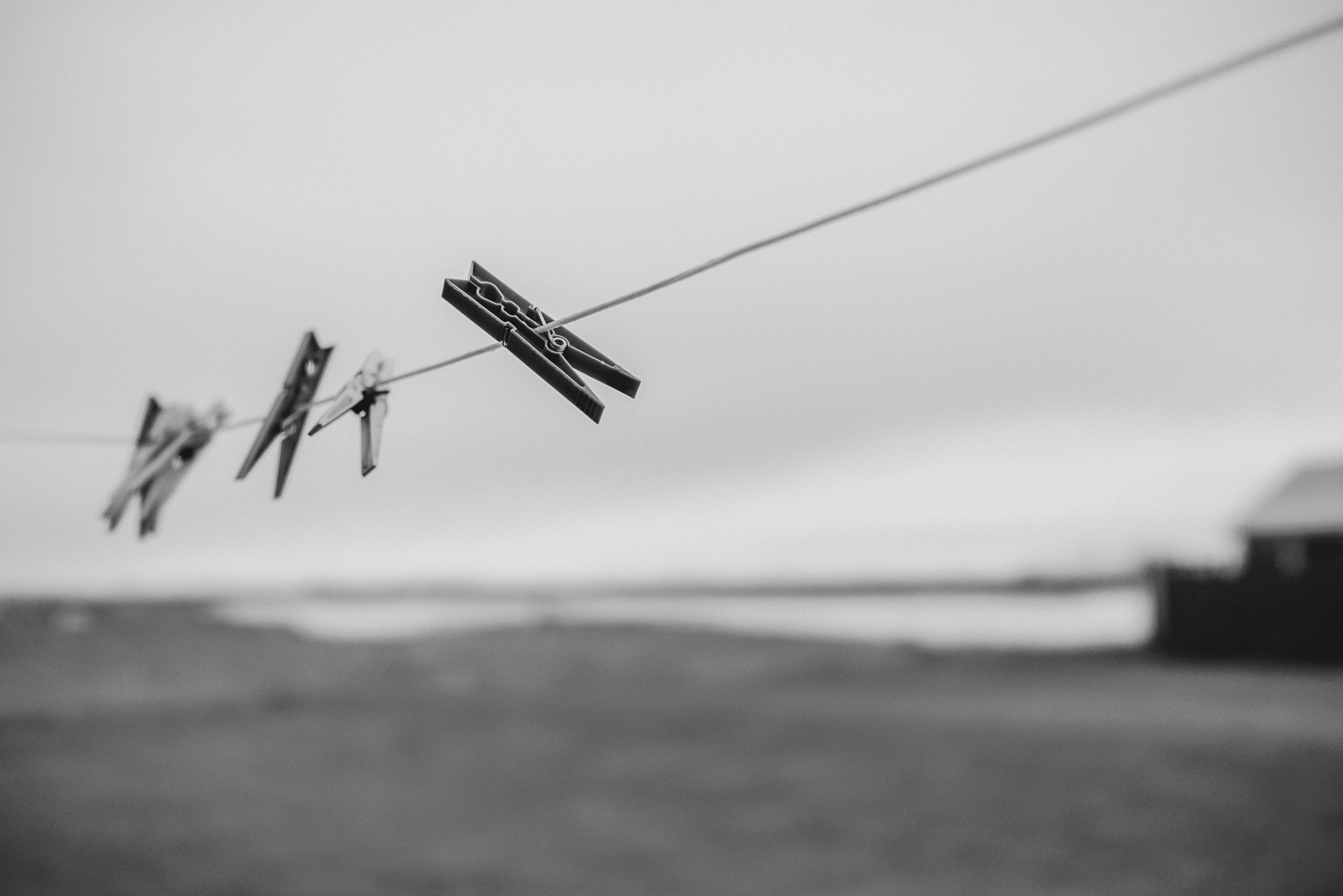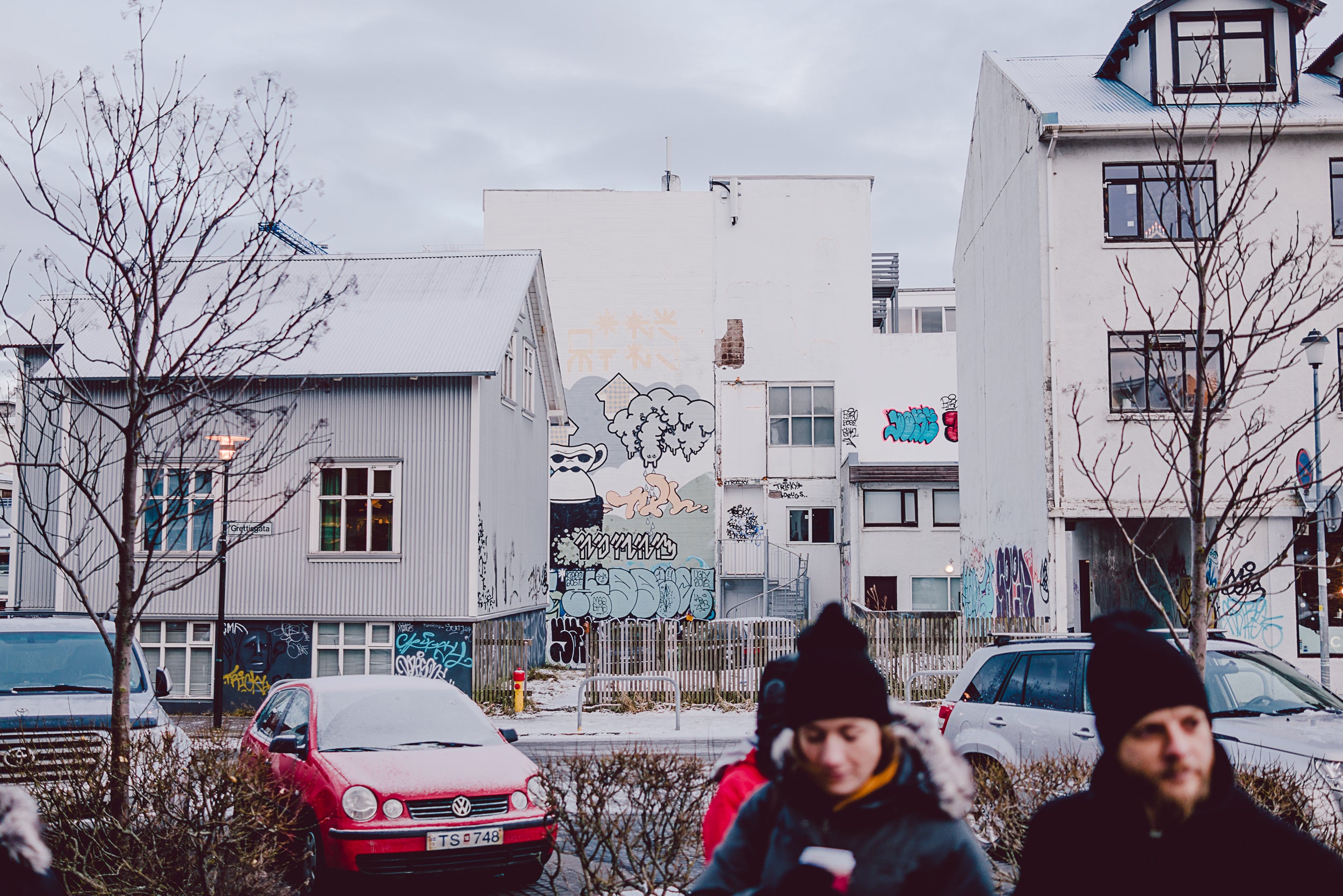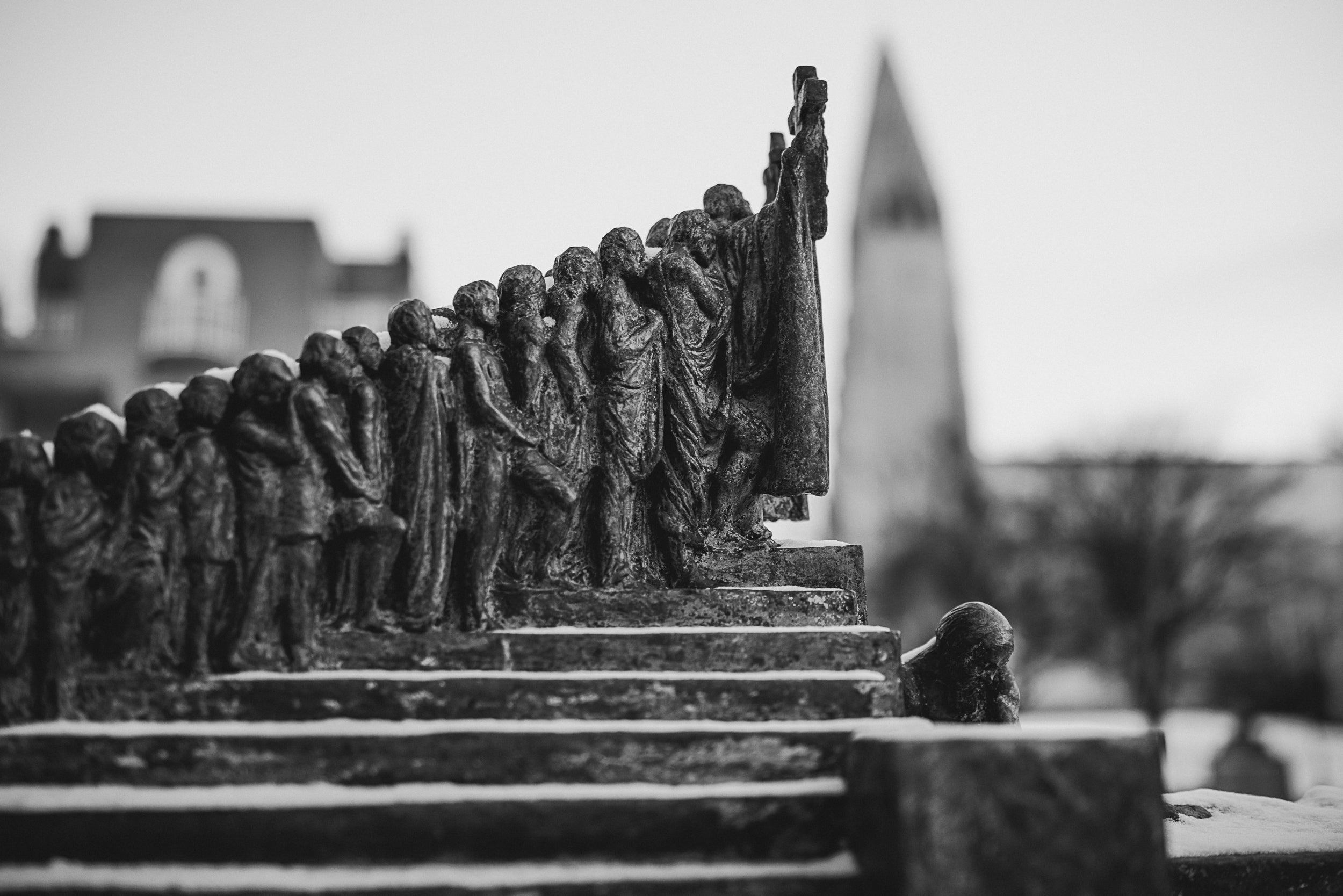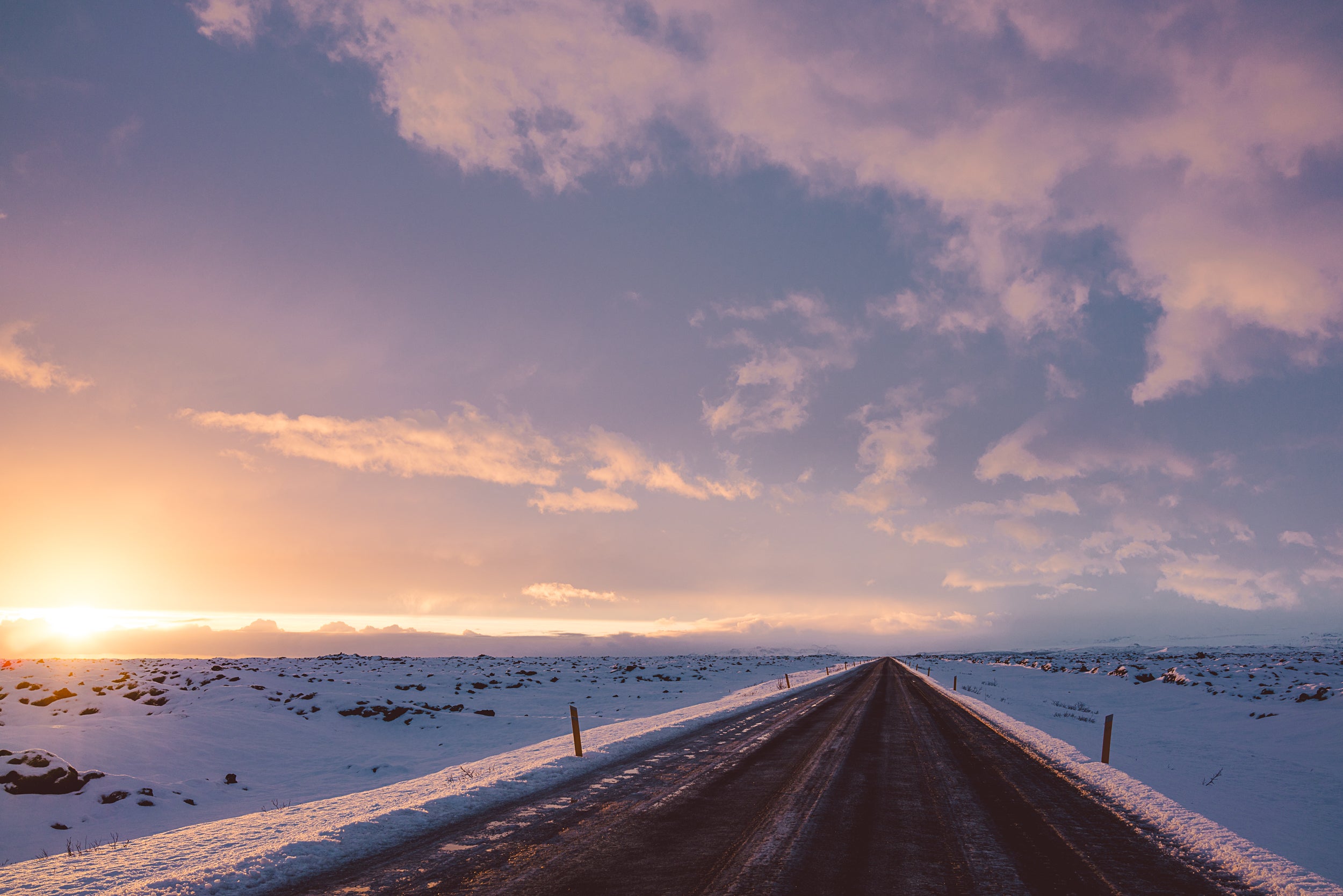In 1988, The Sugarcubes debut album “Life’s Too Good” was getting heavy rotation in my college dorm and served as an introduction to the quirky band’s native Iceland. Over the years other Icelandic bands like Sigur Ros and Of Monsters and Men, continued to sonically and lyrically paint an enticing canvas of their native homeland, further cementing the small country on my bucket list of places to visit. So this fall, while friends planned their winter vacation to warmer climes, I pitched the family on an adventure in the land of Ice and Fire. My wife has come to accept my odd predilections and the kids were just happy to get passports so we booked the flights and began our planning.
Anxious to capture the beauty of Iceland, I still had to be realistic about the nature of the trip. This was a family vacation, not a photo tour or workshop so I had to pack light and work quickly. The new Sony RX1R II had just been released and with one secured, I committed to use it for the majority of our trip. Some may question the choice of a fixed 35mm focal length, but not everyone wants to play the roll of conspicuous tourist sporting a DSLR and zoom lens. Instead, the RX1R II embodies the classic concept of a decisive moment camera, that is a compact, inconspicuous tool, with a prime lens in the range of 28mm-50mm used by beloved photographers such as Elliot Erwitt, Nan Goldin, William Eggleston and Lee Friedlander. Marrying my need to work quickly with a minimum of fuss with illusions of following in the footsteps of greatness, the RX1R II served as the perfect tool.
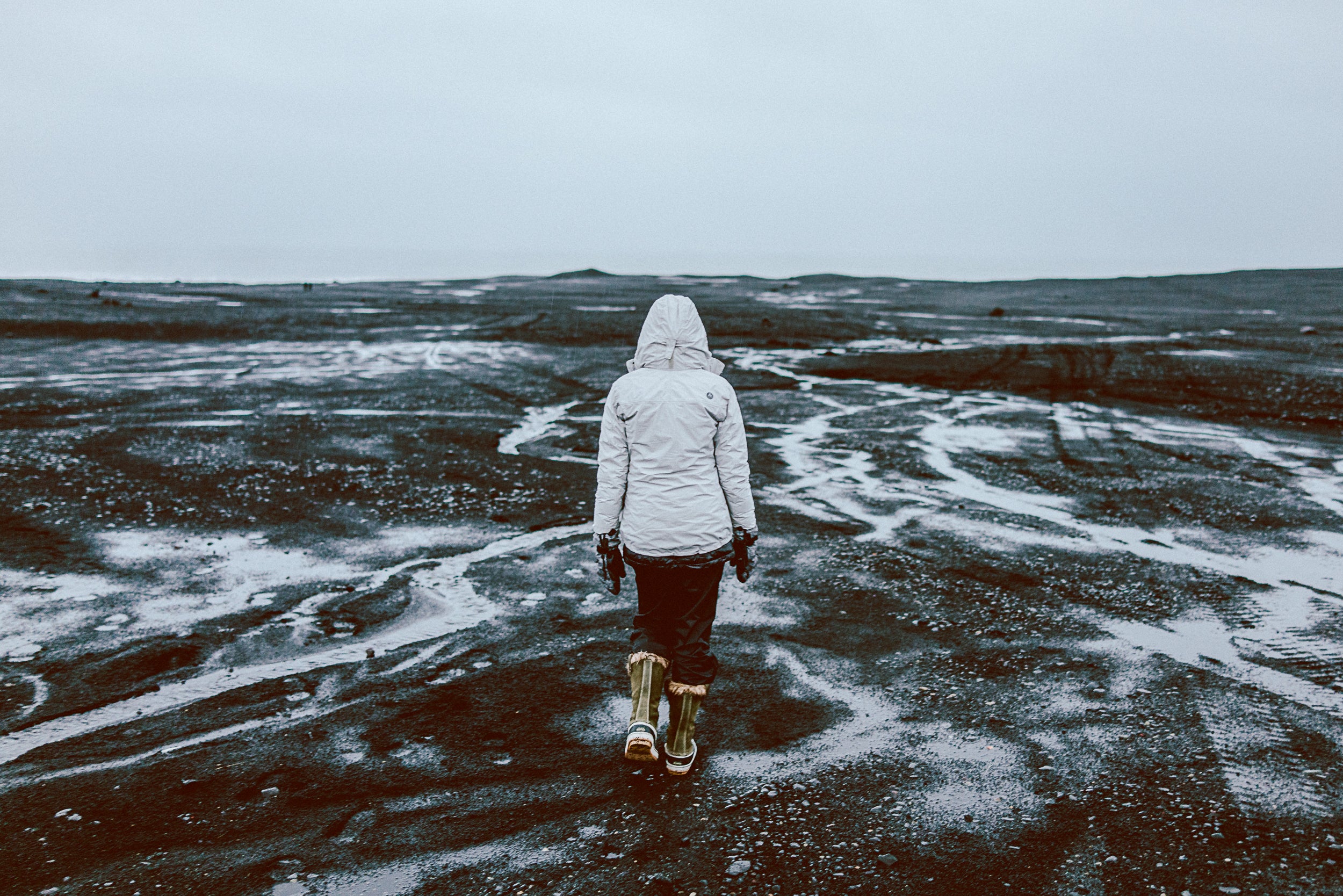
This was a demanding environment and reflecting back over the week spent with the RX1R II in Iceland, there are few cameras that would have been more ideally-suited for the task:
The compact size allowed for stowage in a jacket pocket, both protecting the camera from the elements and allowing for quick access when needed.
The fixed lens meant no concern for switching lenses in extreme cold, humid or dusty conditions and by using a small hood I was able to keep most of the foul weather off the front lens element.
The RX1R II is also by nature of its small size and with the new tilting screen, it’s extremely inconspicuous, perfect for street scenes and easy low perspective photography.
The high resolution of the 42 mega pixel sensor allowed for stunning levels of detail with the option to print large when I returned home.
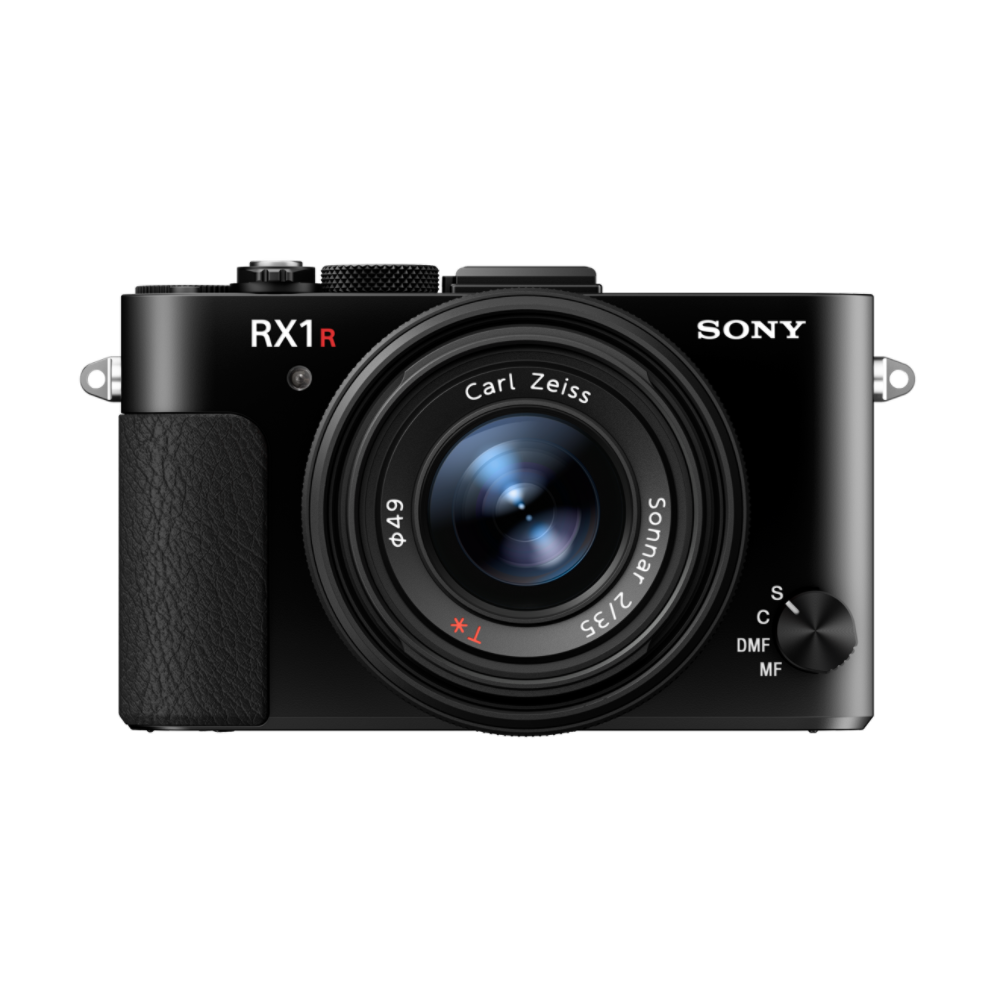
The RX1R II In Use
From time spent in our cozy seaside cottage to the waterfalls and glaciers of the countryside, using the RX1R II was a pleasure. I’ve been shooting the first generation RX1 for years, so the new camera was both familiar and surprisingly modern. Autofocus has been significantly improved in terms of both speed and features. I specifically enjoyed using one of the new modes called Eye-AF that magically locks on to your subject’s nearest pupil. By programming this feature to the AEL button on the back of the camera I had direct control whenever there was a well suited scenario such as this portrait of my son out on the glacier.

The two other major handling improvements of the new model are the built-in pop-up electronic viewfinder (EVF) and the tilt-screen monitor. Those two clever features keep the camera compact while allowing for a composition technique that street photographers like Vivian Maier used with their twin lens reflex film cameras. Anyone who has composed with a waist level viewfinder can attest to the sense of stealth and anonymity that the technique affords the photographer, even with subjects just feet or inches away.
The Zeiss Sonnar 35mm f/2 lens that graced the original RX1 was truly special. It’s been favorably compared to very best rangefinder, SLR and mirrorless lenses. The Sonnar design renders softer/smooth bokeh, while retaining a critical sharpness in the center wide-open and across the field when stopped down – an almost perfect recipe for a 35mm lens. While many modern designs are derided as clinical, images rendered by the RX1R II lens have an organic feel that is reminiscent of the very best lenses of the film era. The 35mm also appears to be resolving every single one of the RX1R II’s 42 megapixels, something those older designs struggle to do. This is especially evident in landscape scenes where the level of detail this combination resolves is simply staggering.
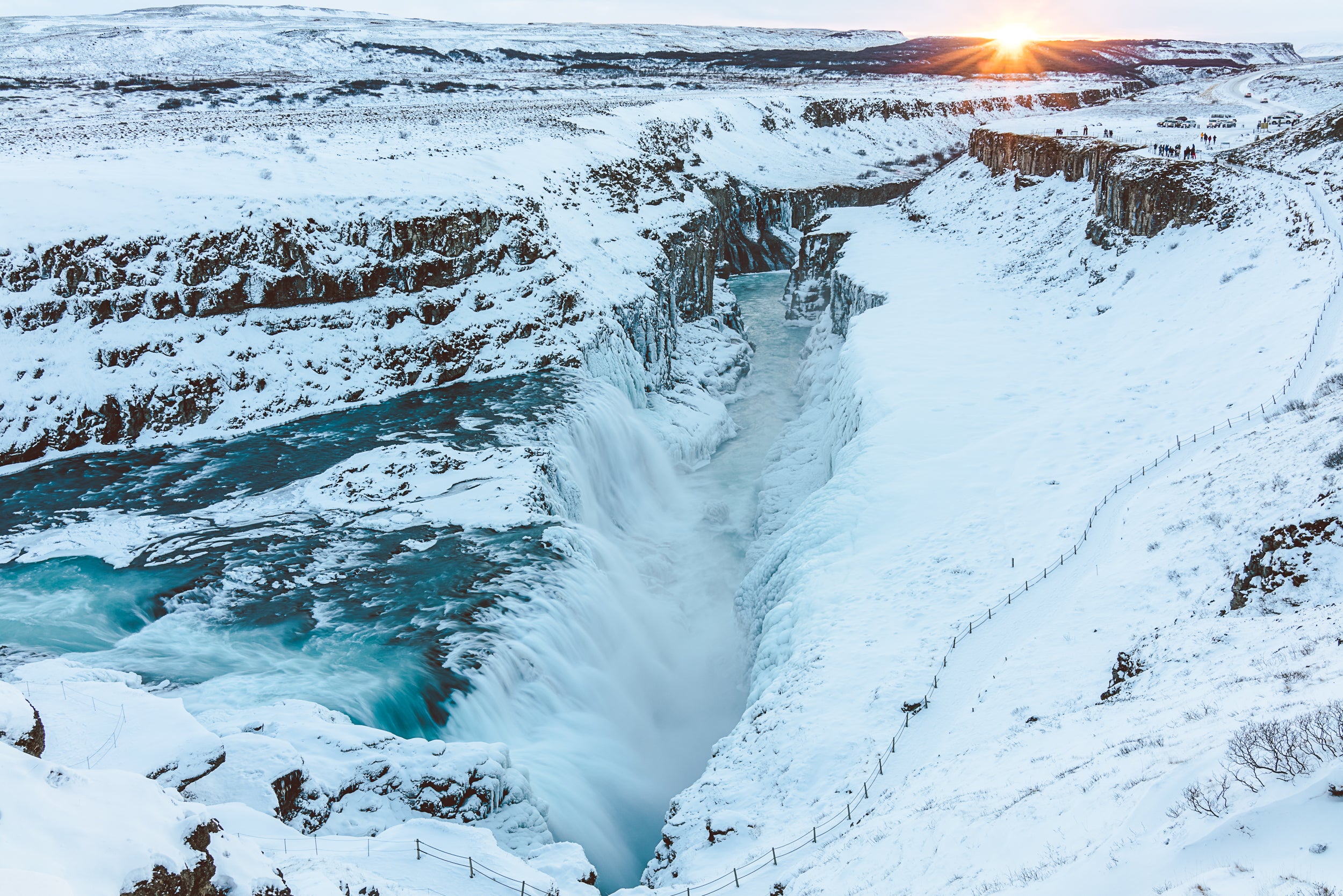
One of my goals for the trip was to try my hand at panoramas but it looked like I would be stymied when the RX1 L-plate that I ordered did not fit the tripod socket placement on the RX1R II. At least that’s what I thought. Instead, I decided to try a hand-held panorama with the camera oriented in a portrait mode and carefully moved horizontally across the scene. In the latest version of Adobe Lightroom, those resultant RAW images can be easily collected and automatically merged into a single panoramic RAW file. The panorama shown here was taken on the Svínafellsjökull glacier tongue and is composed of 12 images resulting in a monstrous 160mp file. When I got back home and started playing with the image, after zooming in a couple levels, something caught my eye in the top left hand corner of frame. After zooming in another 6 levels (!), the tour bus parked out on a gravel lot, a half mile away resolved into perfect detail. Medium-format levels of resolution in a camera that literally slips into you jacket pocket is a dream many photographers have had and it’s here now.

Another idea I planned ahead of the trip was to use the RX1R II in a waterproof housing in Iceland’s many geothermal pools. Using an economical flexible plastic housing that I had previously tested on the original RX1 with great results, I literally plunged into the village pool in Stokkyseri, photographing my sons as they enjoyed the warm mineral waters. These images are the essence of the experience we had that evening and the RX1R II enabled me to capture them without the fuss of a larger kit.
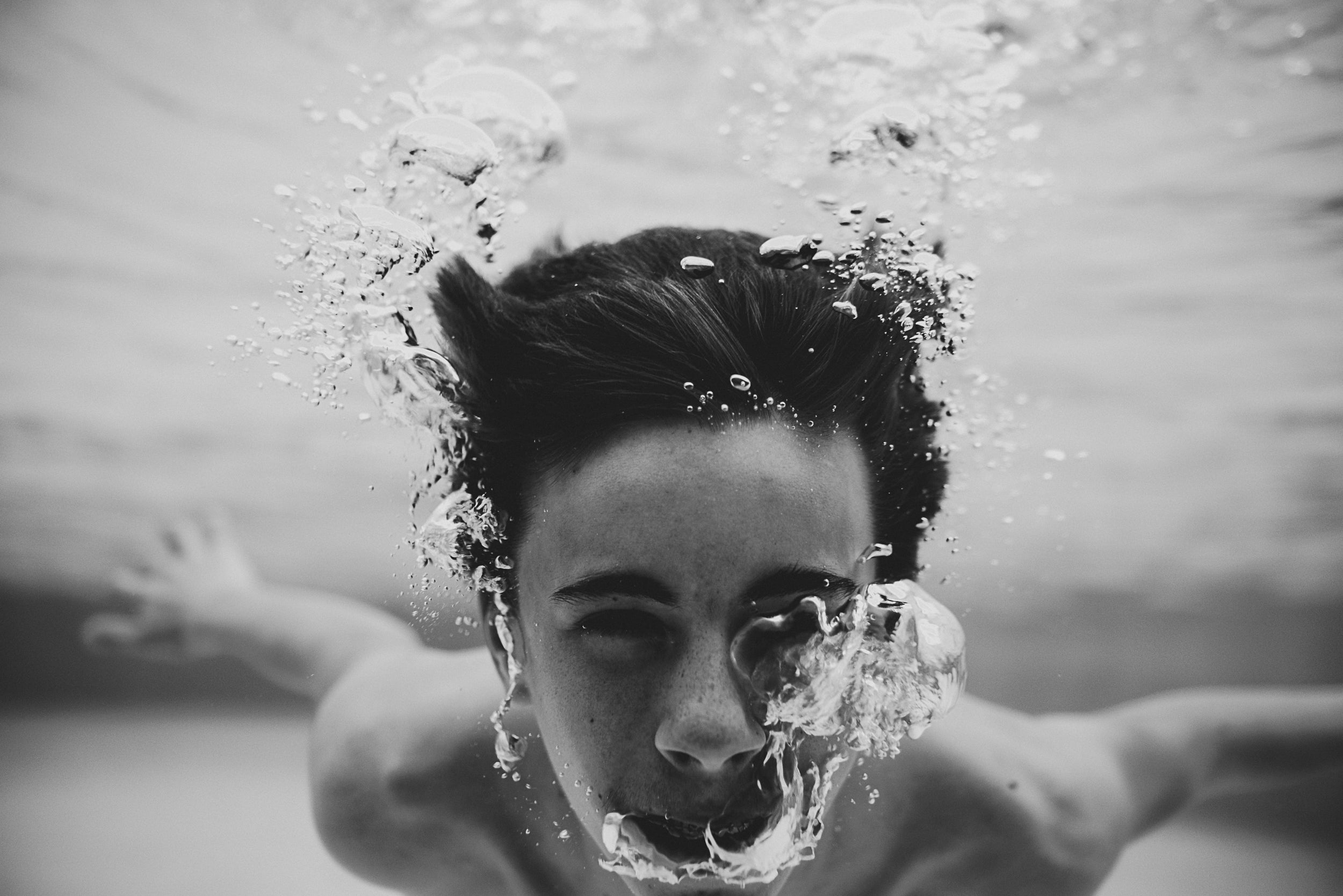
I did not however, use the housing to protect the camera when we were out and about sightseeing. The RX1R II was used unprotected in significant exposures to rain, snow, waterfall spray and sub freezing temperatures, all with out a hitch. I definitely came away with new found confidence in the weather handling capabilities of these cameras.

To wrap it up, if I measure the RX1R II based on the resultant images, the satisfaction while using it and the desire to keep using it, this field test in Iceland can only be categorized as a success. As groundbreaking as the original RX1 was, expectations were high for the new camera and if my experience can be used as an indication, Sony delivered a worthy successor that will appeal to anyone desiring the highest quality compact full frame camera that is equally capable as a travel, landscape, street or general “decisive moment” tool.
